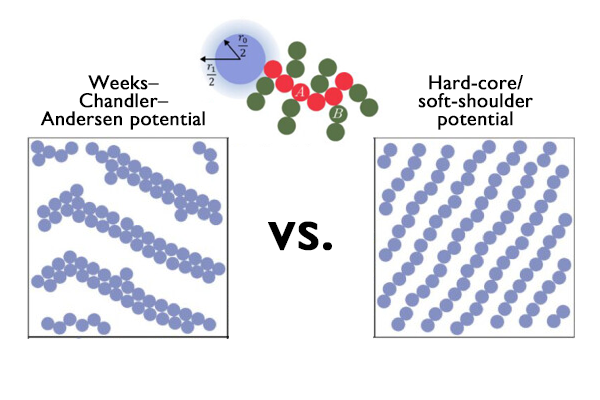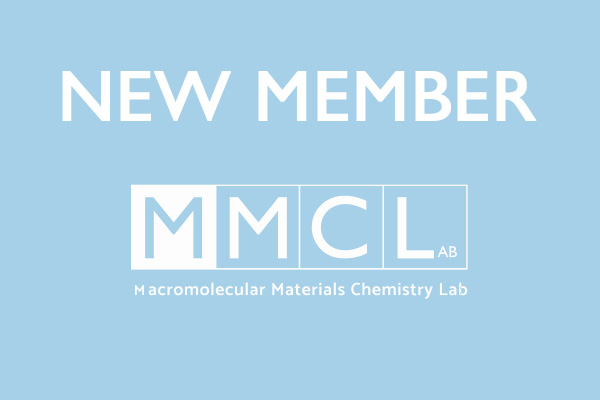LOOKING FOR HIRE
Research Highlight
Recent publication
RECENT PUBLICATION
recent publication
Recent publication

Macromolecular Materials Chemistry Lab (MMCL) pursues to establish synthetic pathways to macromolecules with complex shape and structure, and thus develop advanced polymeric nanomaterials for energy and environmental applications. We are particularly interested in controlling polymer structure, conformation and phase separation in a spatiotemporal manner. Current topics include architectured polymer syntheses, postpolymerization modification, polymerization-induced nanostructuring, and porous materials.
We synthesize polymers. We utilize controlled polymerization techniques to produce well-defined polymers. We combine different polymer chains and build up complex architectures, so the resulting nanostructured polymers can exhibit desired functions and properties that cannot be realized with simple polymer materials. We also take synthetic challenges and develop methodologies for polymer synthesis, by postpolymerization modification for instance.
Bottlebrush copolymer
Graft copolymer
Core cross-linked star polymer
Polycondensation
Postpolymerization modification
Sequence control
Surface modification
We design nanostructure of our polymers when we synthesize them. In particular, we strongly exploit block polymer self-assembly that takes place in situ during polymerization. This synthetically feasible and scalable approach allows us to produce interesting nanomaterials with control morphology and length scale of the nanostructures. Synthesis of nanoporous materials and their applications for energy and environmental applications are actively sought.
Block polymer
Interface
Microphase separation
Phase transition
Polymerization-induced microphase separation
Polymerization-induced self-assembly
Porous polymer

We look for postdocs for two InnoCORE projects related to ionomers/membranes for hydrogen technology and synthesis/self-assembly of artificial oligopeptide-like molecules.

We published a computational study about assembly of tadpole-like hard-core/soft-shell nanoparticles in Langmuir in collaboration with YongJoo Kim group at Korea University.

The group welcomes Seunguk Kim, joining our group during the summer semester of 2025.